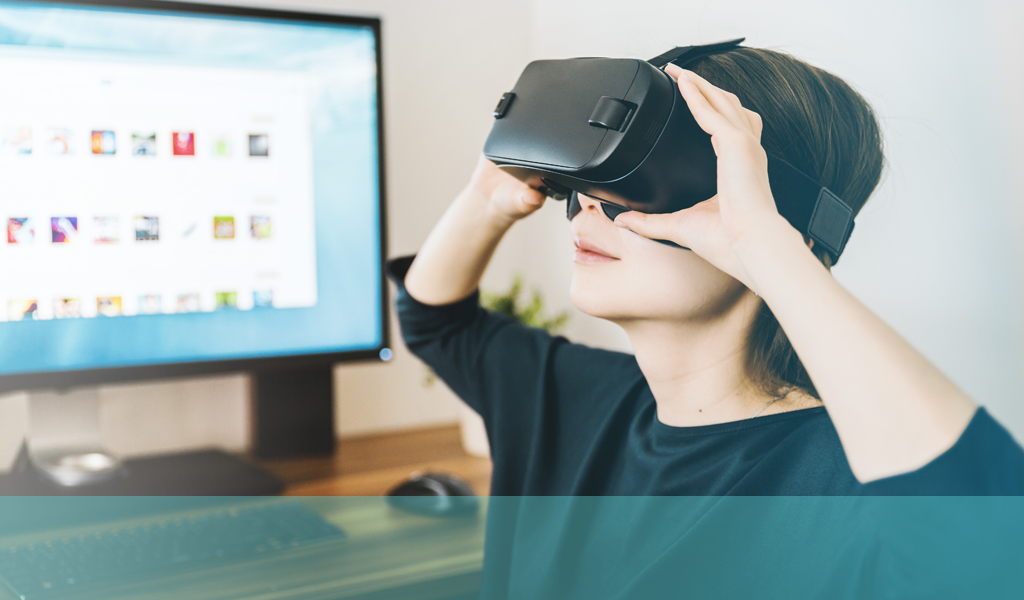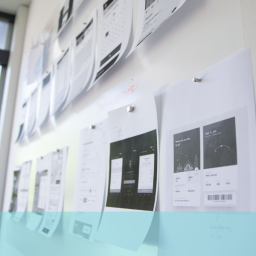
Virtual reality (VR) is not necessarily a technique you would normally consider for user research; and, in fact, it is not yet a common facet of user research; but this does not mean it cannot contribute a useful function in this field.
How VR Can Aid User Research
VR can provide a far more realistic and tangible environment for some research; for example:
- Researching work or people flows in building through developing virtual layouts;
- Displays or configurations of retail outlets can be built, experienced and judged in VR;
- Workplace safety is another function that can be effectively reproduced and evaluated by VR;
- By building a prototype product or service in VR you can witness how users actually interact with it rather than have them describing or guessing their likely feelings or experience.
Considerations During Testing
Obviously this type of test has different needs and issues to normal interactive testing. Here are a few to consider:
- The technology is new, sophisticated and will be alien to most, if not all, participants. Make sure subjects know what they are letting themselves in for and brief them thoroughly in what is required and how to handle the experience.
- Test the equipment and make sure it is easy to handle, accommodates users need for comfort and a reasonable level of normality! (ie make sure it doesn’t freak them out or disorientate them too much.)
- Be aware of hygiene and keep the equipment clean and attractive to users who are going to put their faces into it!
- Also be aware of the environment in which the equipment will be used – provide enough space for the user to move around if necessary and make sure there is nothing for them to fall over or bump into as the immersive environment is very powerful and can cause people to lose location and orientation. Privacy can also be an issue as some users might not want to be seen failing around wearing a VR headset.
- Subjects might need initial assistance and guidance in setting up and initiating the interaction so you might need to provide physical support or some form of online instruction as to how to get started and participate.
- Facilitators need to be aware of issues such as possible motion sickness or other physical reactions and need to monitor subjects for signs of distress.
- Gathering in-test information is more difficult with VR as the subject has a headset on, is sometimes disconnected aurally as well as visually and you cannot witness the precise experience they are having; so it is difficult to ask questions or provide or request feedback. Question sessions should therefore usually follow the test immediately to capture immediate and fresh response.
This is a new and exciting area so there is not a lot of information and experience on the subject yet; but if you are interested in the technique or would just like to know more about the technology, process and potential email us at hello@ux247.com for a discussion.

















